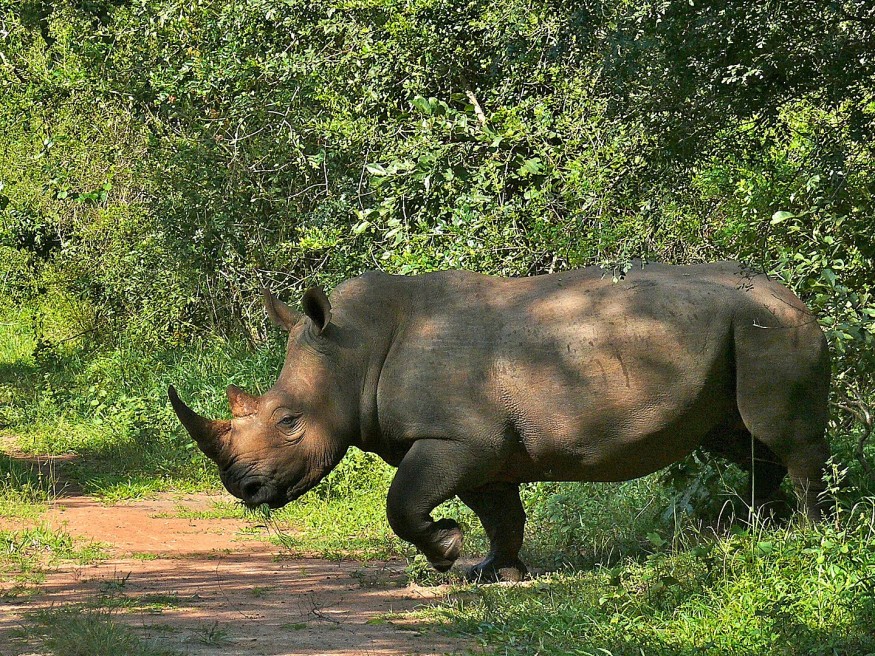Thirty white rhinos were flown by conservationists from South Africa to Rwanda last week in the largest single rhino translocation operation to safeguard one of the few remaining rhinos of the species.
What are White Rhinos?

White Rhinos, according to World Wildlife Organization, are the second-largest terrestrial mammals. Their name, derived from the Afrikaans word "weit," which means " wide," refers to the animal's human mouth. Also called the square-lipped rhinoceros, it has a square upper lip with virtually no hair. Two genetically different subspecies of the White Rhinos exist--the Northern and Southern White Rhinos found in 2 different regions of Africa.
Reaching up to 6 feet in height and weighing approximately 7,920 pounds, the largest terrestrial mammal thrives in long and short grass savanna areas and has been declared near threatened.
30 White Rhinos Take Flight From South Africa to Rwanda
The largest single rhino translocation, journeying about 2,000 miles to the rhinos' new home in Akagera National Park, where conservationists hope that the animals will establish new breeding strongholds and evade the rampant pestilence of poaching that has placed their species in danger.
In a statement, Peter Fearnhead, CEO of the non-profit African Parks, said that the introduction to safe wild landscapes is vital for the future of the species currently in a vulnerable situation due to human-induced pressures.
White rhinos are now considered near threatened by the WWF, which estimates only roughly 18,000 of the population exists in protected areas and private game reserves. Officials say that the drastic decline in the animal population can be largely attributed to poaching and the high demand for rhino horns.
Each of the 30 white rhinos translocated arrived in Rwanda on Saturday and was fitted with tracking transmitters for real-time monitoring. Authorities have also deployed numerous anti-poaching canine units, helicopter surveillance, and guards to protect the new arrivals. Additionally, specialist veterinarians will be monitoring the group of rhinos daily as they settle into their new life at Akagera, which officials are hopeful will be a safer habitat.
Ariella Kagaruka, a chief tourism officer of Rwanda Development Board, says that this is an opportunity for the country of Rwanda to substantially advance its contribution to the conservation of rhinos, with Akagera poised in becoming a globally important sanctuary for both black and white rhinoceros.
The 30 white rhinos originally came from Beyond Phinda Private Game Reserve, South Africa that says they have been managing and growing the rhinoceros' population for over 30 years. The largest single translocation of rhinoceros ever conducted was a joint effort by African Parks, the Rwanda Development Board, Beyond, and Howard Buffett Foundation report NPR.
Conservationists are hopeful that their efforts will be rewarded by the 30 white rhinos, further growing their population to safeguard the future of the near-threatened species. Officials are positive that their efforts will not be in vain and will reap the fruit of a substantial population in the years to come.
RELATED ARTICLE : Leatherback Sea Turtle Endangered Status Isn't Enough to Save its Dwindling Population
Check out more news and information on Endangered Animals in Science Times.
© 2025 ScienceTimes.com All rights reserved. Do not reproduce without permission. The window to the world of Science Times.











